The last week of August saw a sharp increase in home and property demolitions by Israeli authorities after a relatively calm period during Ramadan. Now large-scale operations are forcing the displacement of many Palestinians, particularly targeting isolated communities in the South Hebron Hills.
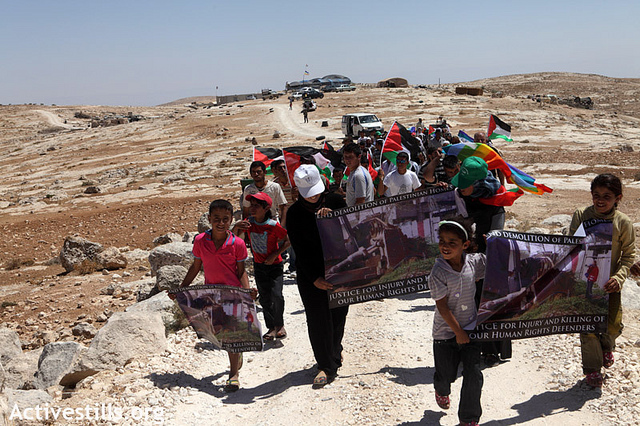
On August 28, 2012, an Israeli judge absolved the Israeli state of its responsibility for the killing of U.S. activist Rachel Corrie, crushed to death by an Israeli military bulldozer while she was protesting house demolitions in Gaza. On the same day as the court decision, Palestinian inhabitants of Um Fagarah, together with other activists, organized a demonstration demanding justice for Rachel Corrie and protesting house demolitions. The demonstration took place just a few kilometers of the village of Susya, which saw three tents (two animal shelters, and one tent for sitting) demolished in the early hours of the same morning.
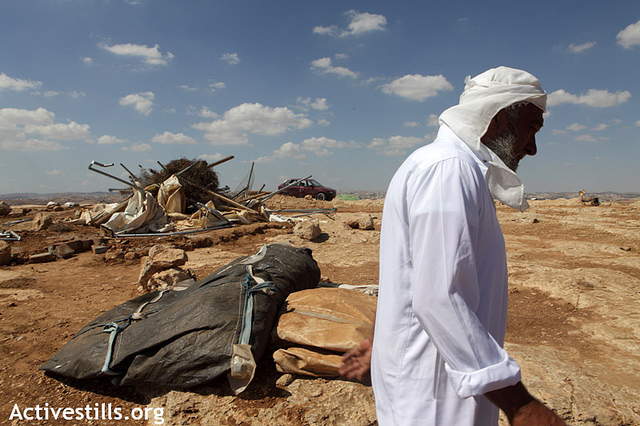
Two of the tents which were demolished had been donated earlier by international aid agencies following previous demolitions targeting the same family. The whole village of Susya is at risk of being demolished as most structures of the village have demolition orders.
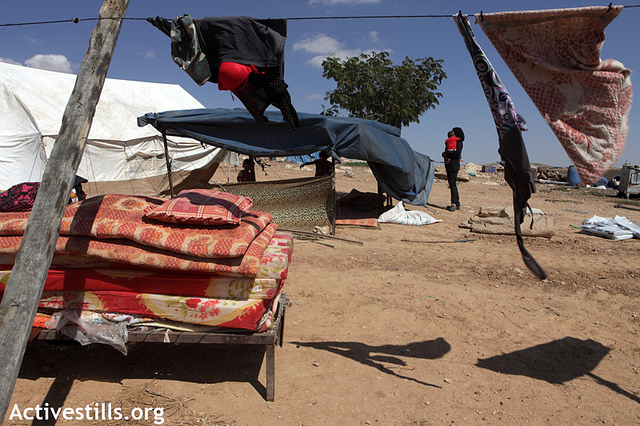
In two other locations very close to each other in South Hebron, Khirbet Zanuta and Tiran, the demolition was even more severe and devastated the small communities of a few families.
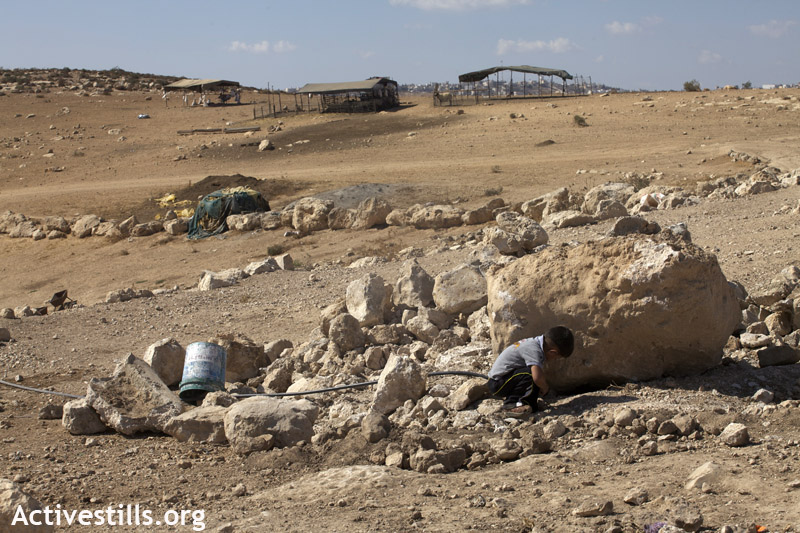
Water wells were especially targeted. In total, five were demolished. Without this water, the residents cannot remain in their communities as it becomes too costly to buy additional water tanks.
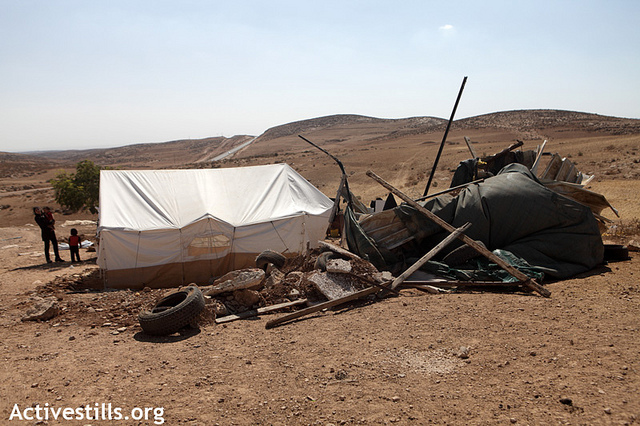
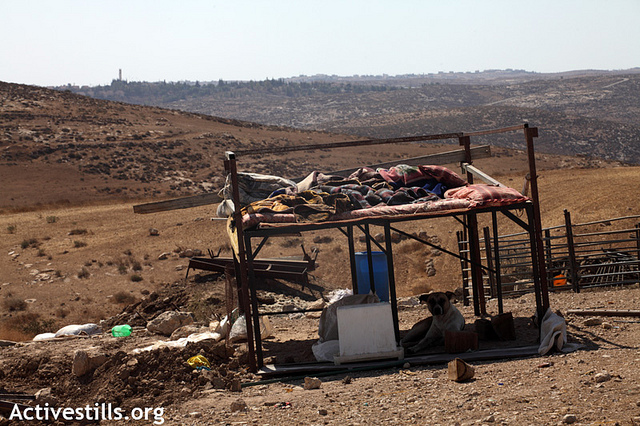
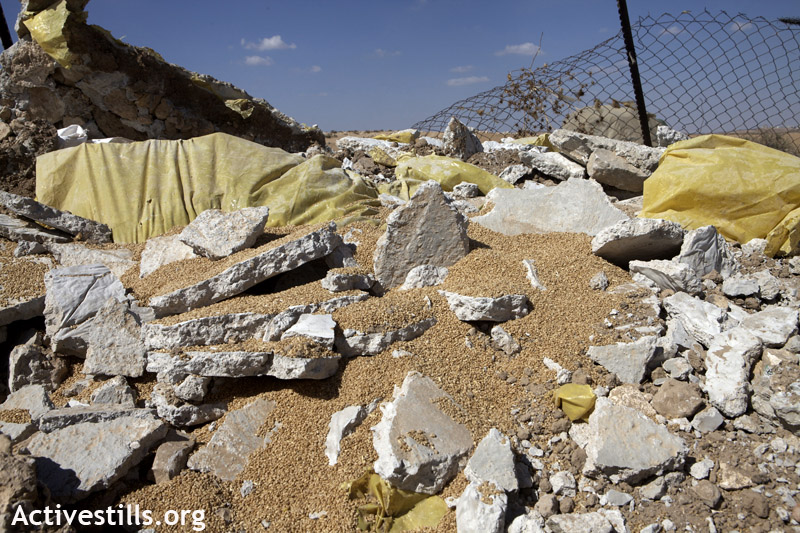
Two residential structures were also demolished, leaving 25 Palestinians homeless, including 17 children. Nine animal shelters were also destroyed, leaving the sheep under a burning sun. A concrete block structure which served as reserve storage for wheat was also destroyed, wasting essential food for the animals and people.
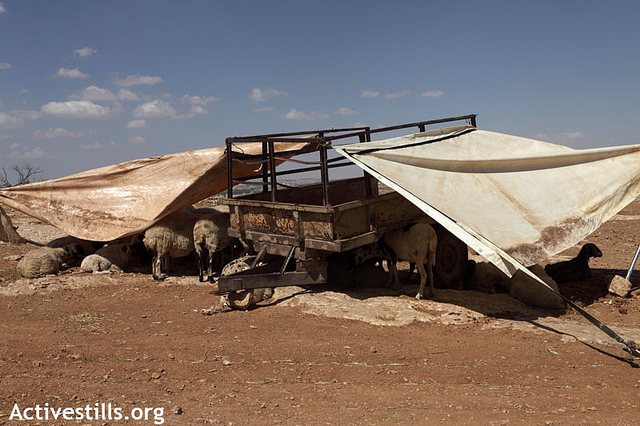
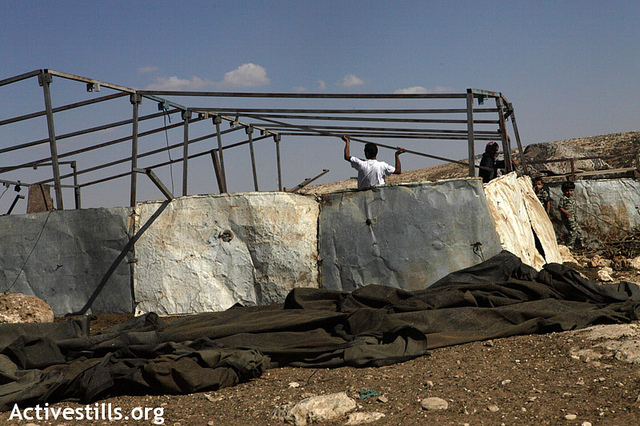
In the face of such demolitions, most Palestinians show remarkable “sumud,” an Arabic term roughly denoting “steadfast perseverance.” They will use all the resources they have and gather their strength to rebuild with one goal in mind: not to abandon the lands they have been living in for generations.
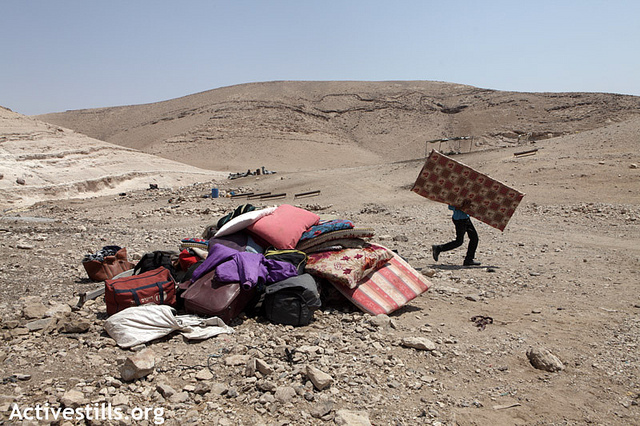
The same day, other demolitions took place in Jericho and the Nablus area. The following day, four families belonging to the extended Al Khurshan Bedouin family were also devastated by the demolition of their homes and animal shelters located deep inside the Jordan Valley desert, east of Dar Salah, in the Bethlehem region.
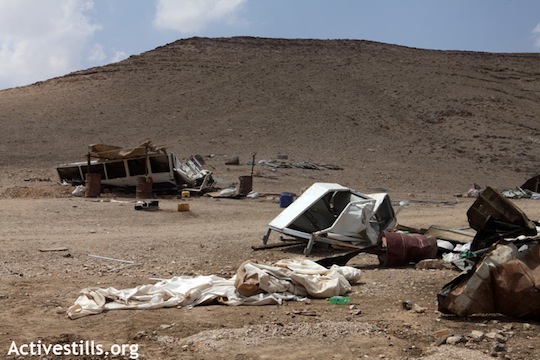
In total, four residential structures and three animal shelters were demolished, leaving nothing standing and 24 people homeless, including 12 children. Several tents that had been provided by international aid agencies following the previous demolitions a few months ago were also confiscated.
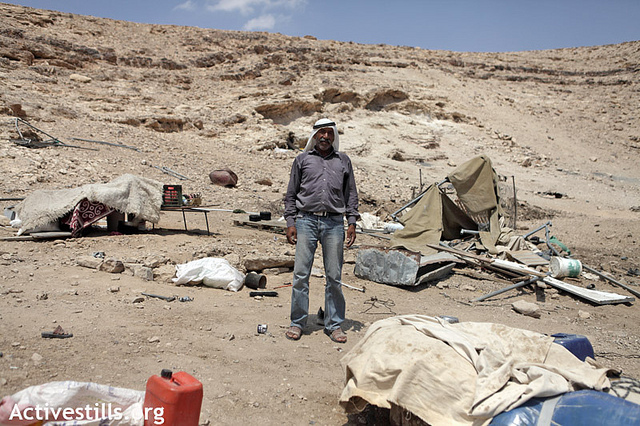
The Israeli army claims that the Al Khurshan families have to leave the area because they live inside “Firing Zone 918.” Approximately 18 percent of the West Bank has been designated by the Israeli authorities as “firing zones,” and some 5,000 Palestinians, mostly Bedouin and herders, live in localities near them.
According to the Internal Displacement Monitoring Center (IDMC), during the year 2011, nearly 1,100 people, including over 600 children, were displaced by the demolition of their homes. The number of demolitions rose by 80 percent from 2010, and displaced twice the number of people. Hundreds of thousands of Palestinians have been displaced in and from the occupied Palestinian territories since 1967, many families suffering multiple displacements.
Activestills photographers have been documenting forced displacement for years on both sides of the Green Line and in 2011, in cooperation with the Israeli Committee against House Demolitions (ICAHD), published a project called “We Never Finished 1948,” about the continuing campaign of internal displacement in Israel/Palestine.
Activestills is a collective of Israeli, international and Palestinian photographers, united by a conviction that photography is a vehicle for political and social change. To stay updated on our latest images, like Activestills on Facebook or follow @activestills on Twitter. You can also visit our flickr photostream.

